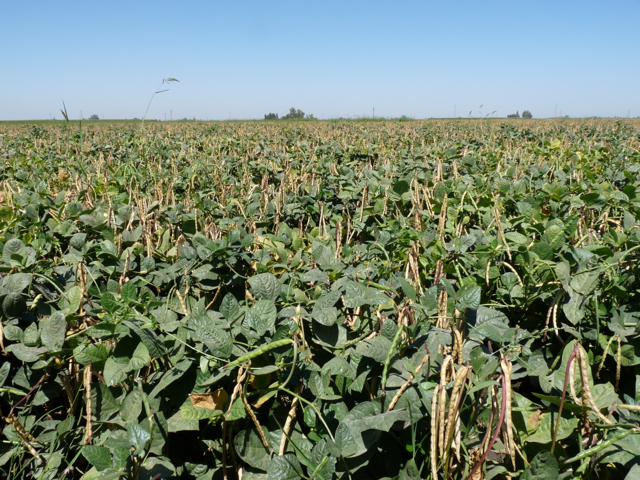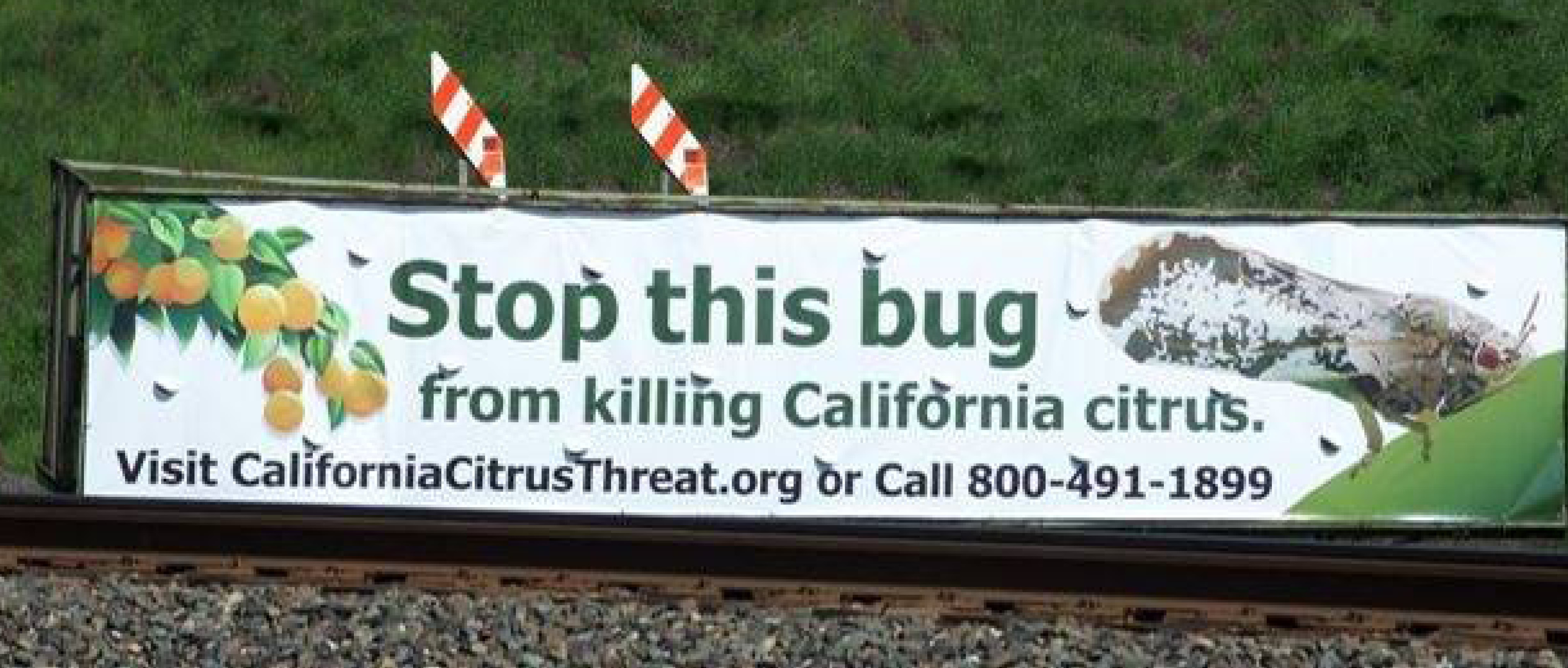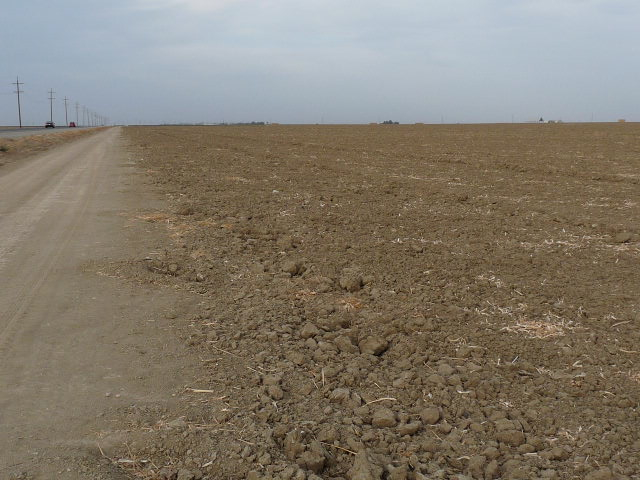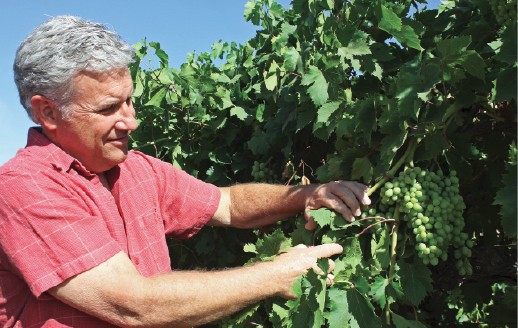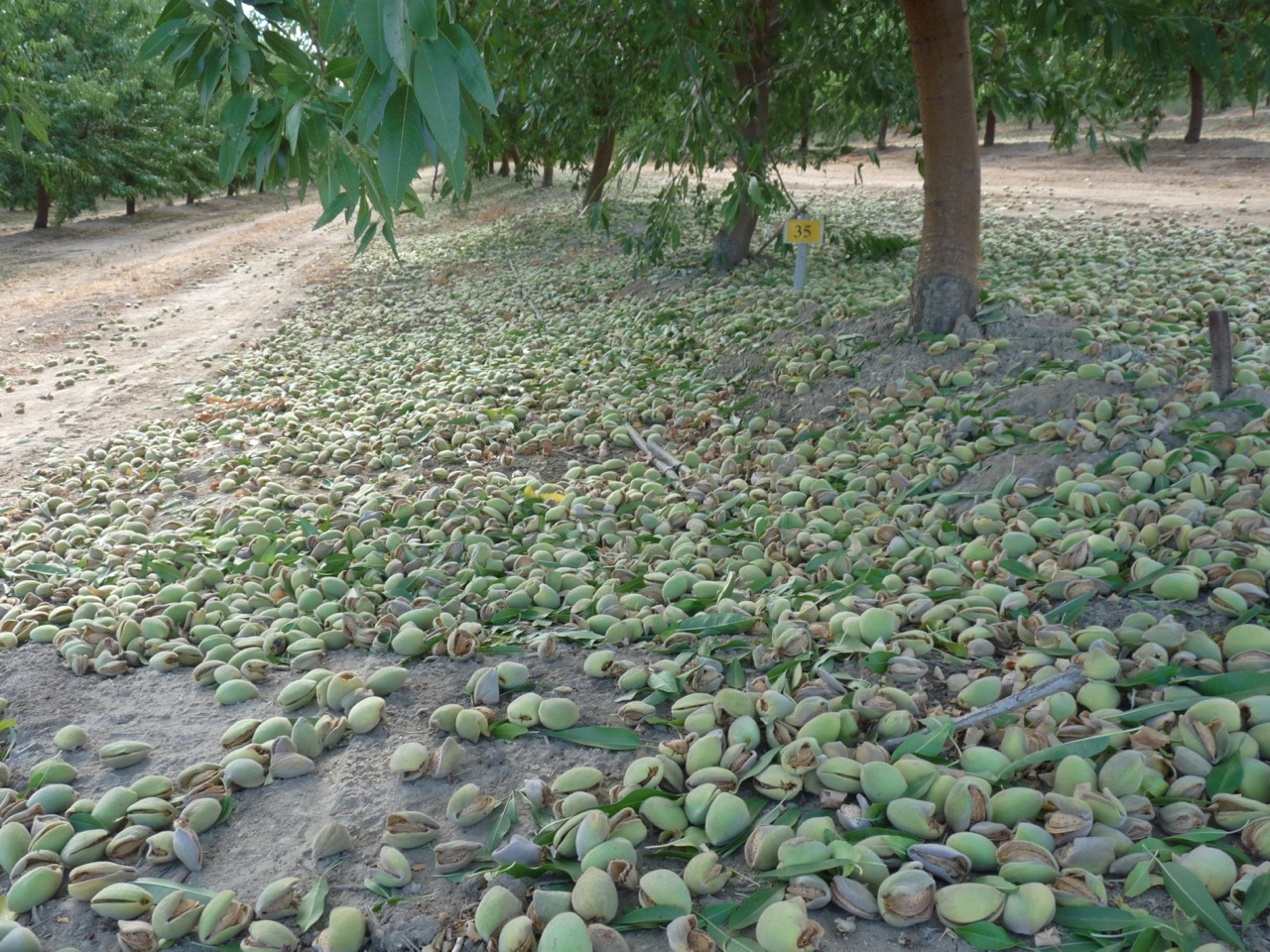Kern County Ag Ranks Second in State, Fresno Drops to Third
Ruben J. Arroyo, Kern County Agricultural Commissioner reported the 2013 gross value of all agricultural commodities produced in the county was $6,769,855,590, according to the 2013 Kern County Agricultural Crop Report, representing an increase (6%) from the revised 2012 crop value ($6,352,061,100). Thus, Kern County ag ranks second in state, with Tulare ahead, and Fresno behind.
Kern County’s top five commodities for 2013 were Grapes, Almonds, Milk, Citrus and Cattle & Calves, which make up more than $4.6 Billion (68%) of the Total Value; with the top twenty commodities making up more than 94% of the Total Value. The 2013 Kern County Crop Report can be found on the Department of Agriculture and Measurement Standards website: www.kernag.com
Tulare County reported gross annual production in 2013 at $7.8 Billion, Fresno County, $6.4 Billion, and Monterey County, $4.38 Billion.
As predicted by many, including CaliforniaAgToday on July 15, 2014, Fresno County, long-time top ag county in the state—and in the nation—now ranks third in the state and has regressed in ag growth since 2011.
Les Wright, Fresno County Ag Commissioner, attributes much of the decrease to the water shortage, particularly exacerbated by a large part of the West Side being dependent on both state and federal surface water deliveries that have been curtailed by pumping restrictions due to the Endangered Species Act.



